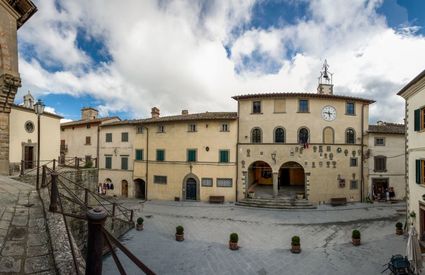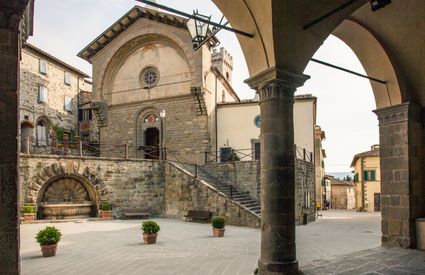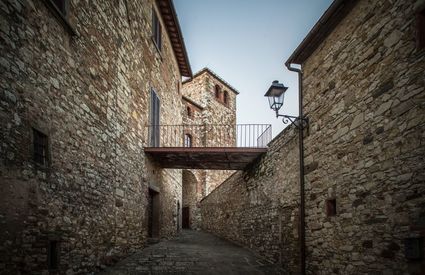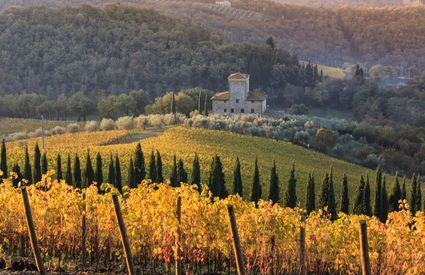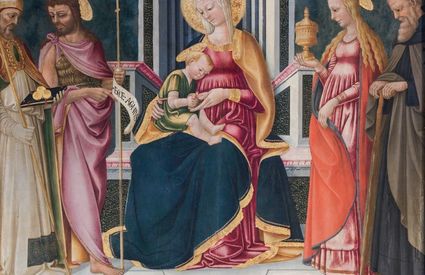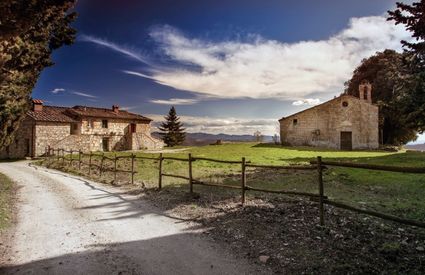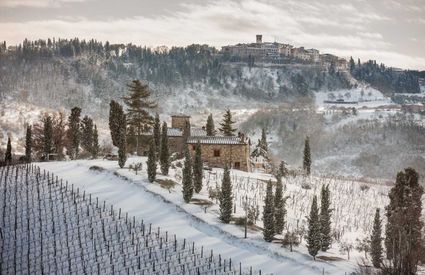Radda in Chianti
Where the scenery becomes a home for your soul
A place of stone and wine
Where the scenery becomes a home for your soul
A place of stone and wine
If rock becomes civilization
Radda is a very distinctive place, as typical as the Chianti area. The old village centre occupies the ridge of the watershed between the basins of the Arno and Ombrone basins. The roads follow the elongated shape of the villages that originated here in the Early Middle Ages. The oldest piazza, known as Del Castello, in the upper part of the village and surrounded by the old centre, has lost importance over time, replaced by the piazza named after the most illustrious leader that Radda has ever had, Francesco Ferrucci. Here you’ll find the beautiful Palazzo del Podestà. The urban rules of time fall away here, allowing the buildings to follow the shape of the land. The decumanus, bending into an ample winding line, remains the main street and today it is lined with lively shops.
When seeing means reading history
Here you can see, like on a show schedule, the history of the buildings and admire the traces of the medieval structures, built in whitish Alberese stone, integrated into the later defensive walls and towers. In a nutshell, an authentic elegant example of the older original noble style, which probably hailed from the Longobards. The place is also Longobard in origin, associated with the common “Radi-“ prefix: very few of the old Chianti towns have such clear German origins. The village is surrounded by lovely Tuscan scenery, thanks to the slow labours of countless generations of farmers, not only dear to the numerous residents, the ancient Chiantigiani, who still live here, but also to wayfarers who, upon passing through these lands, aware – or not – of the many landscape references in Renaissance painting, often feels mysteriously at home in this habitat of peace, harmony and serenity, which basically belongs to us all.
Living with the genius loci
The centuries-old farmhouses, also in Alberese stone, bear eloquent witness to a past of humble yet civil sharecropping for many years in the wider scope of Florentine influence. After the Second World War, this changed to more modern agriculture, almost all the houses, admired for their bare beauty, have been converted into residences, strictly observing the right architectural standards. First, it was the foreigners who did it, then the children and grandchildren of the tenant farmers, whose lifestyle has evolved while maintaining their age-old labours, now aimed at tourism in addition to viticulture. Here it’s enough to look around and feel the renaissance of your soul.


